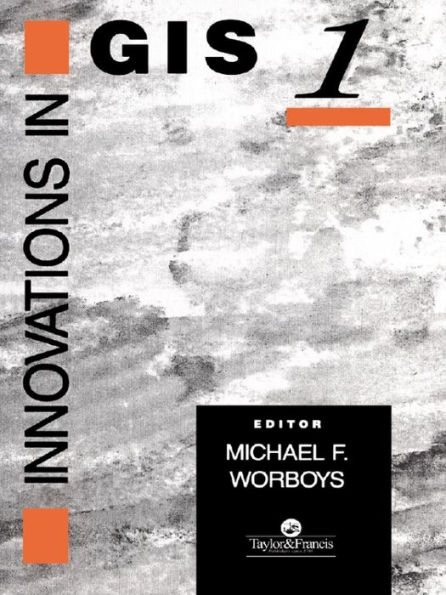This book aims to offer research at the cutting edge. The individual chapters are fully revised and updated versions of contributions to the first focused scientific symposium on research in geographic information systems GISRUK. The book provides the reader with a comprehensive outline of the full range and diversity of innovative research program
1137104078
Innovations In GIS
This book aims to offer research at the cutting edge. The individual chapters are fully revised and updated versions of contributions to the first focused scientific symposium on research in geographic information systems GISRUK. The book provides the reader with a comprehensive outline of the full range and diversity of innovative research program
64.99
In Stock
5
1

Innovations In GIS
267
Innovations In GIS
267Related collections and offers
64.99
In Stock

Product Details
| ISBN-13: | 9781135748876 |
|---|---|
| Publisher: | CRC Press |
| Publication date: | 04/21/1994 |
| Series: | Innovations in GIS |
| Sold by: | Barnes & Noble |
| Format: | eBook |
| Pages: | 267 |
| File size: | 3 MB |
About the Author
From the B&N Reads Blog
